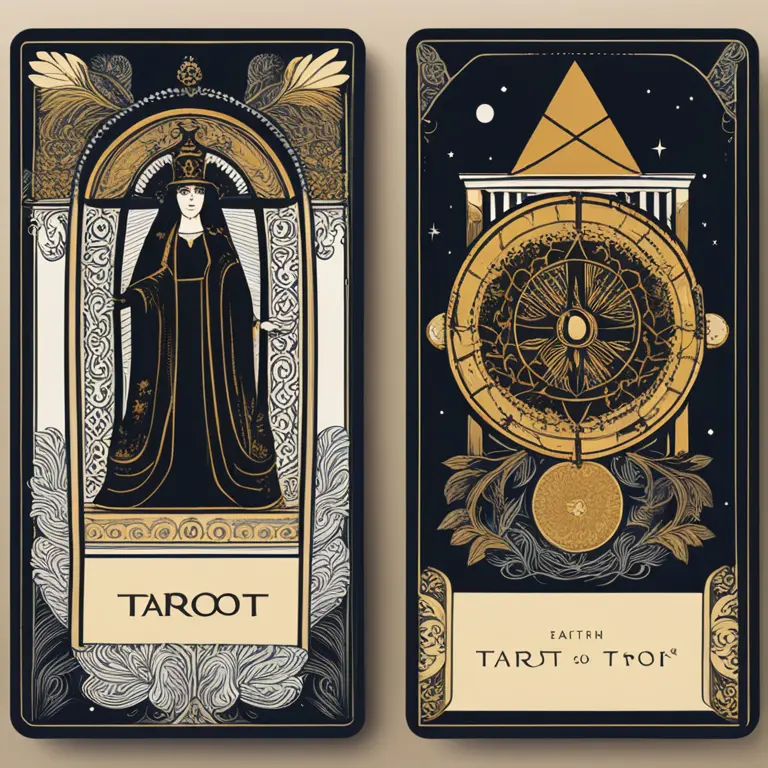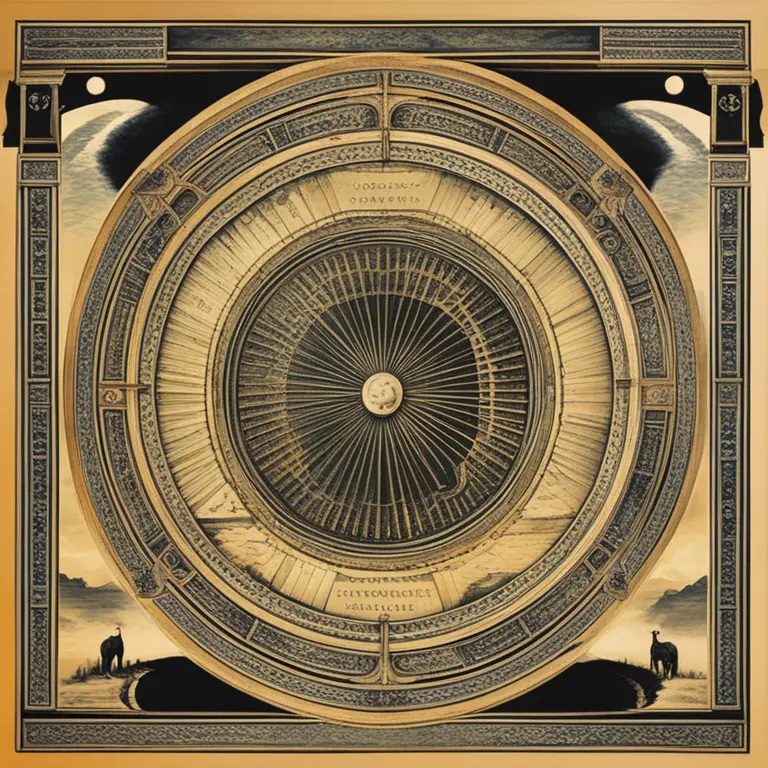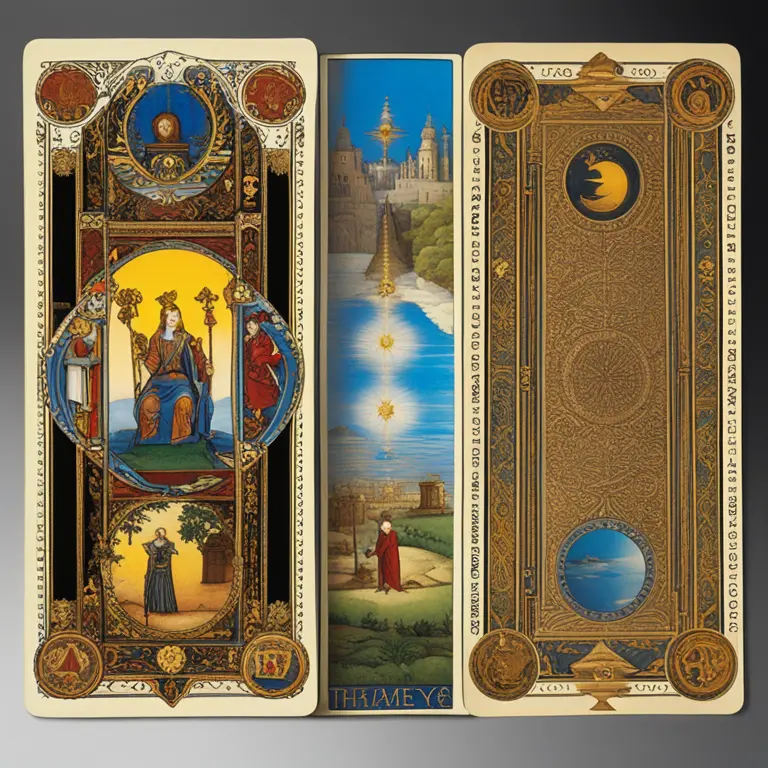
The Beginnings of Tarot
The history of tarot cards is shrouded in mystery, with their inception believed to trace back to the mid-15th century in various regions of Europe. Initially, tarot decks were not intended for divination, but rather for playing a group of card games known as "tarocchi" or "tarock." It wasn’t until the 18th century that these cards began to be associated with mysticism and divination. Despite many myths, no single person or culture can claim the invention of tarot cards, as they appear to be a product of a gradual evolution reflecting a fusion of ideas from different societies and periods.

From Game to Divination
The transformation from game cards to a tool for divination required an evolution in design which began in the late 18th century. The meanings and illustrations attached to what are now known as the Major and Minor Arcana were partly owing to the interests in mysticism and the occult during that time. The first decks used for divination were likely not specially designed for that purpose but were adapted from the existing playing decks by adding symbolic imagery and figures.

Notable Artists and Decks
Certain individuals and decks played a pivotal role in tarot design. The Tarot of Marseilles, for example, is one of the standard patterns for the design of tarot cards. The Visconti-Sforza deck, commissioned by the Duke of Milan in the 15th century, is one of the oldest known tarot decks and showcases the artwork reflecting that era’s aristocratic tastes. In the 20th century, the Rider-Waite-Smith deck, created by artist Pamela Colman Smith under the direction of Arthur Edward Waite, became one of the most popular tarot decks. Smith's innovative imagery gave deeper narrative meaning to the cards, cementing the deck's stature in tarot readings.

Modern Tarot and Cultural Influence
Modern tarot decks encompass a diverse range of styles, often drawing from different cultural backgrounds and artistic expressions. Contemporary creators design tarot cards with themes that range from medieval to futuristic, incorporating elements from pop culture, gender diversity, and various mythologies. This eclecticism showcases how tarot has become a canvas for artists to portray the breadth of human experience and spirituality.
The Evolution Continues
As we look toward astrological influences in 2024 and beyond, tarot design continues to evolve alongside spiritual and artistic trends. These transformations reflect the period's sensibilities, with artists interpreting celestial alignments and societal shifts into new tarot imagery. The mutable nature of tarot card design underscores its role not only in divination but also as an evolving art form intimately linked to human consciousness and culture.
Published: 1/17/2024
Modified: 1/17/2024
More predictions
Come back here soon to learn more about yourself and your future


Can Tarot Cards Predict Your Love?
Discover the mystical connection between tarot readings and predicting love, from finding soulmates to navigating relationships through the arcane.


The Power of Tarot in Personal Insight
Discover how tarot readings can provide guidance, clarity, and perspective in our lives, offering a unique tool for personal growth and self-awareness.


Can Tarot Cards Forecast Your Future?
Discover whether tarot cards hold the power to predict what's ahead, and how this mystical practice might guide your future choices.